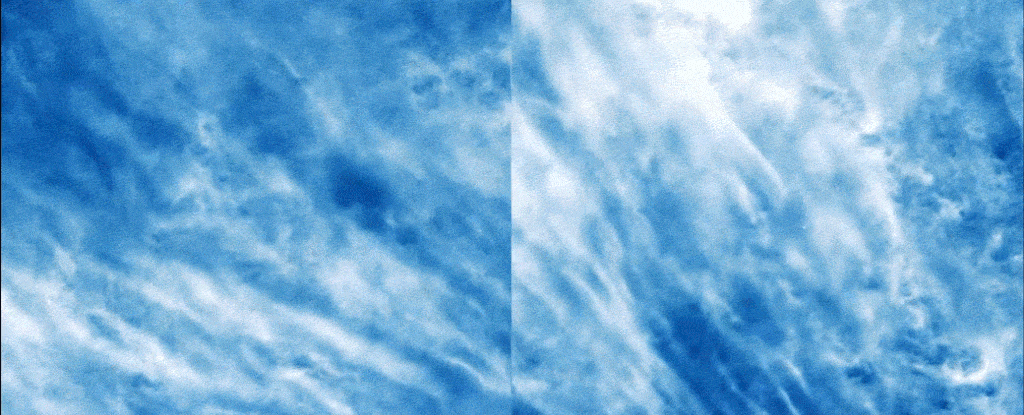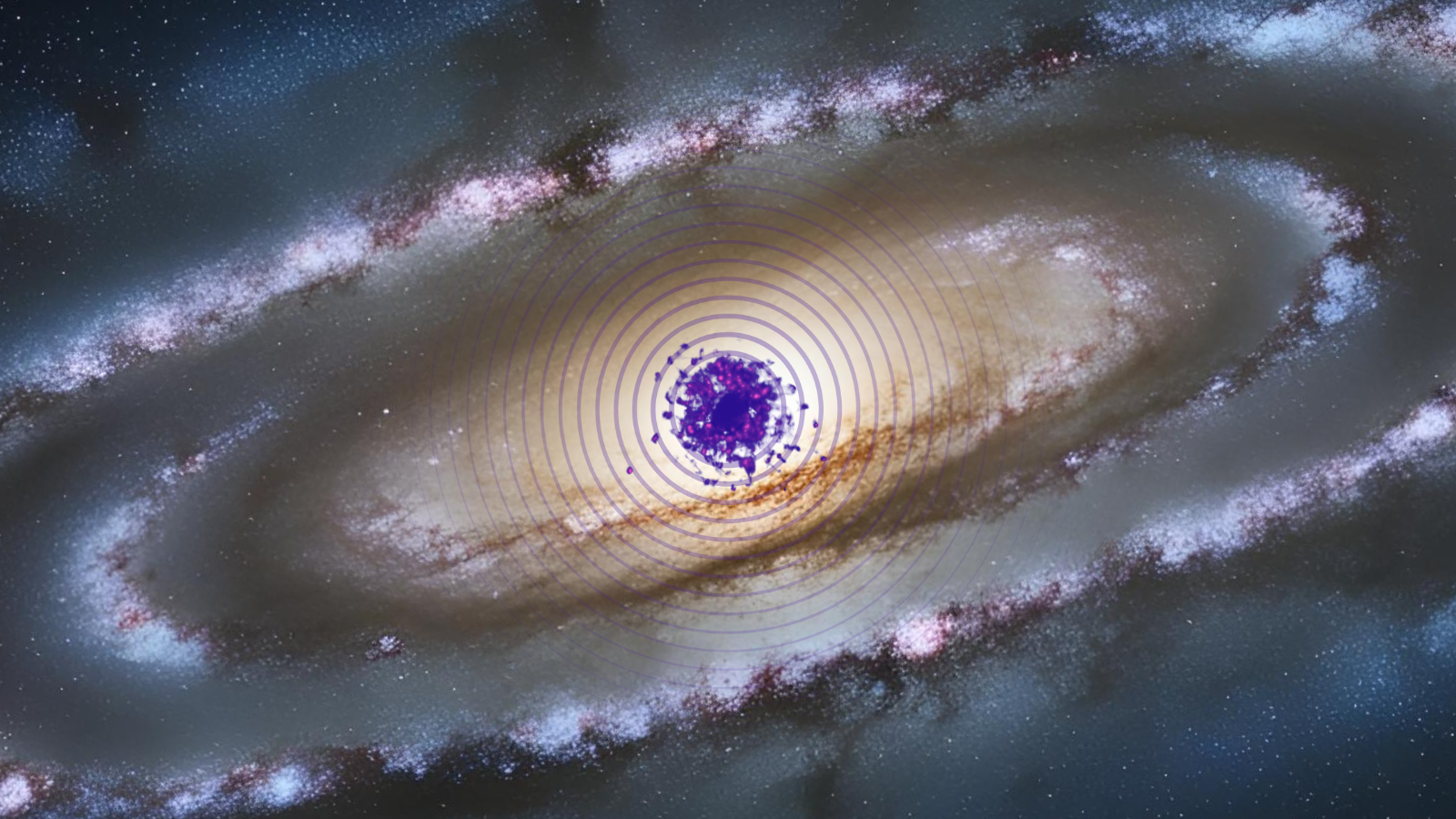Rocket launches can create shiny clouds far from poles, study shows
Noctilucent clouds are more common than ever, but more rocket launches are only partly to blame.

Morning rocket launches can create a glow, and we're not just talking about the liftoff event.
A new study links increased rocket launches to noctilucent clouds high in Earth's atmosphere, bumping up the frequency of rare cloud-forming events that can occur naturally otherwise. (Noctilucent, or "night-shining", describes thin and wispy blue-silver cloud streaks in the mesosphere.)
While the new research suggests that increased launches from private companies like SpaceX are boosting cloud appearances, how these rockets relate to other cloud-forming factors like climate change is not quantified in the study.
“Space traffic plays an important role in the formation and variation of these clouds," lead author Michael Stevens, an atmospheric researcher at the Naval Research Laboratory, said in a NASA release July 21.
Related: These NASA rocket launches to study Earth's atmosphere are just gorgeous (photos)
Most of our planet's clouds form in the layer of Earth's atmosphere sandwiched closest to our planet's surface, the troposphere, located between 1.2 miles (1.9 kilometers) and 11.4 miles (18 km) above the Earth. By contrast, noctilucent clouds are in the third layer, the mesosphere, at a sky-high 47 to 53 miles up (76 to 85 km). No other clouds form so high above Earth.
Generally speaking, noctilucent clouds naturally form this way: as the atmospheric layers closer to Earth's surface warm up, this tends to cool the mesosphere. As a result, water vapor moves into the upper atmosphere, where the water crystals condense and form noctilucent clouds.
Breaking space news, the latest updates on rocket launches, skywatching events and more!
The ingredients for noctilucent clouds are similar to other types, according to the U.K. Met Office, in that they require water vapor, dust and very low temperatures. Conditions, however, are different between atmospheric layers and this makes the study of noctilucent clouds complex.
NASA's Aeronomy of Ice in the Mesosphere (AIM) satellite data collected between 2007 and 2021 suggests that launches that take place between 11 p.m. and 10 a.m. local time lead to a boost in noctilucent clouds found between 56 and 60 degrees north latitude, away from the clouds' usual region near the poles.
AIM's data is framed as key to letting scientists know how many noctilucent clouds are naturally formed and how many may arise due to human impacts such as these launches. Already, scientists have found a correlation in launches and the shiny clouds: "The more morning launches there were, the more mid-latitude noctilucent clouds appeared," NASA officials wrote in the same statement.

Previous studies, the NASA statement said, showed that the agency's space shuttle released enough water vapor during launches to create noctilucent clouds near the poles. Since the shuttle program concluded in 2011, however, space launches have considerably increased due to more commercial activity, dumping more water vapor up high in the atmosphere.
The new study also found that northward-traveling winds are stronger during morning launches, potentially lofting exhaust from frequent launches from Florida or California towards the poles.
Other data consulted for the study found no correlation between noctilucent clouds in relation to the solar cycle, showing that changes in solar radiation cannot account for yearly frequency variation in the clouds' appearance.
"This study shows that space traffic, even after space shuttle launches were discontinued, controls the year-to-year variability of mid-latitude noctilucent clouds," Stevens said
A study based on the research was published May 2 in Earth and Space Science; NASA highlighted the work in a statement published July 21.
Follow Elizabeth Howell on Twitter @howellspace. Follow us on Twitter @Spacedotcom and on Facebook.

Elizabeth Howell (she/her), Ph.D., was a staff writer in the spaceflight channel between 2022 and 2024 specializing in Canadian space news. She was contributing writer for Space.com for 10 years from 2012 to 2024. Elizabeth's reporting includes multiple exclusives with the White House, leading world coverage about a lost-and-found space tomato on the International Space Station, witnessing five human spaceflight launches on two continents, flying parabolic, working inside a spacesuit, and participating in a simulated Mars mission. Her latest book, "Why Am I Taller?" (ECW Press, 2022) is co-written with astronaut Dave Williams.
